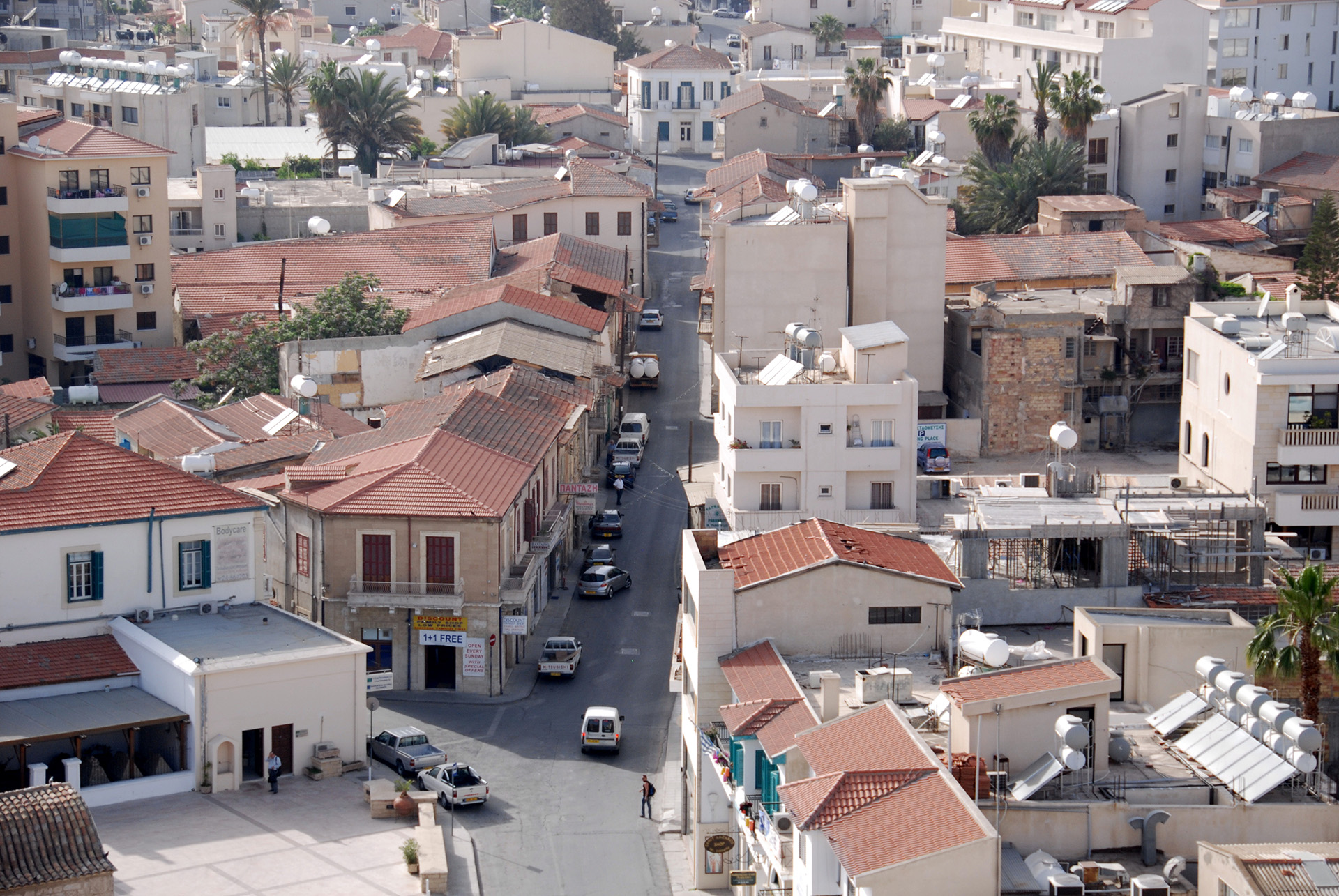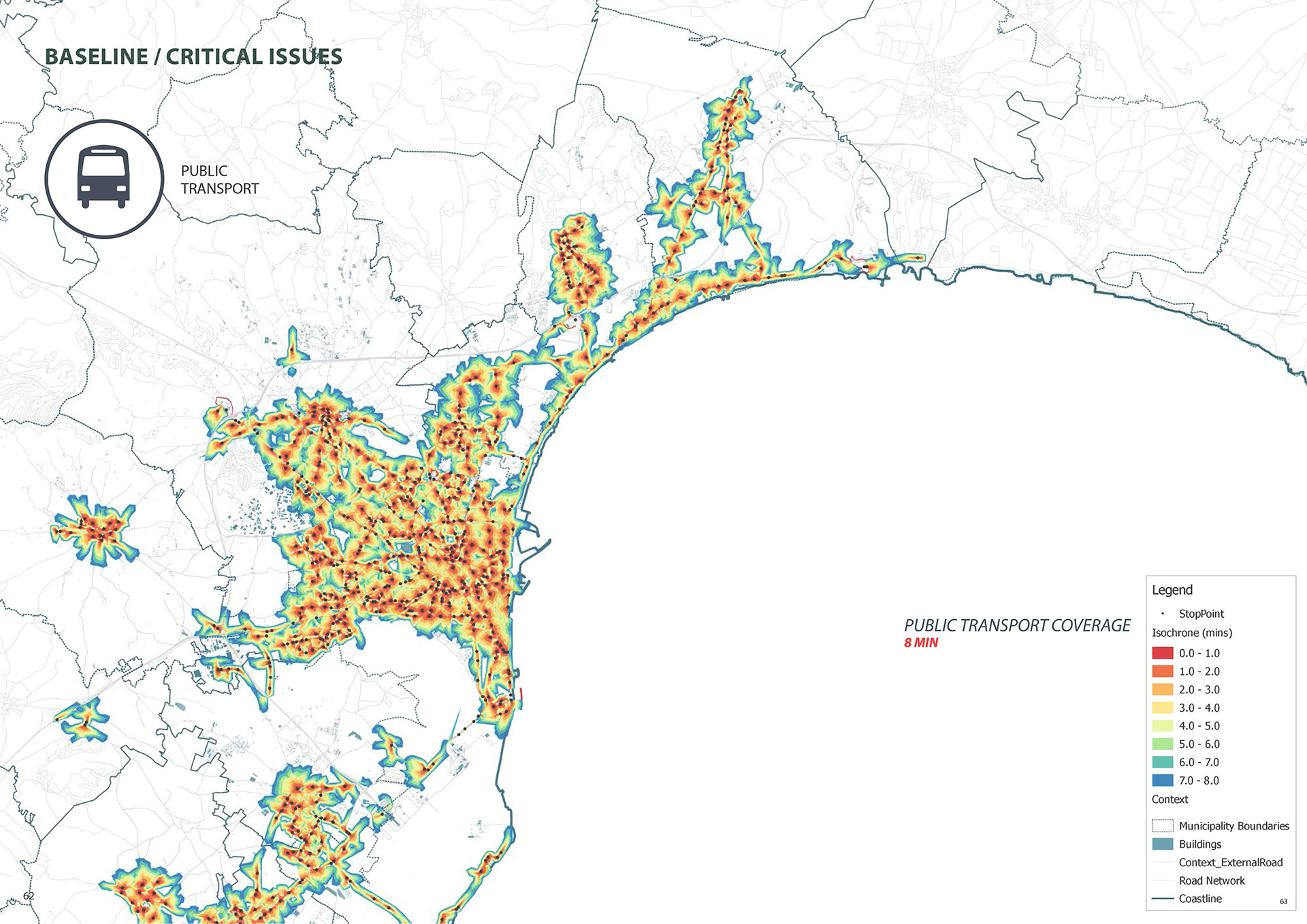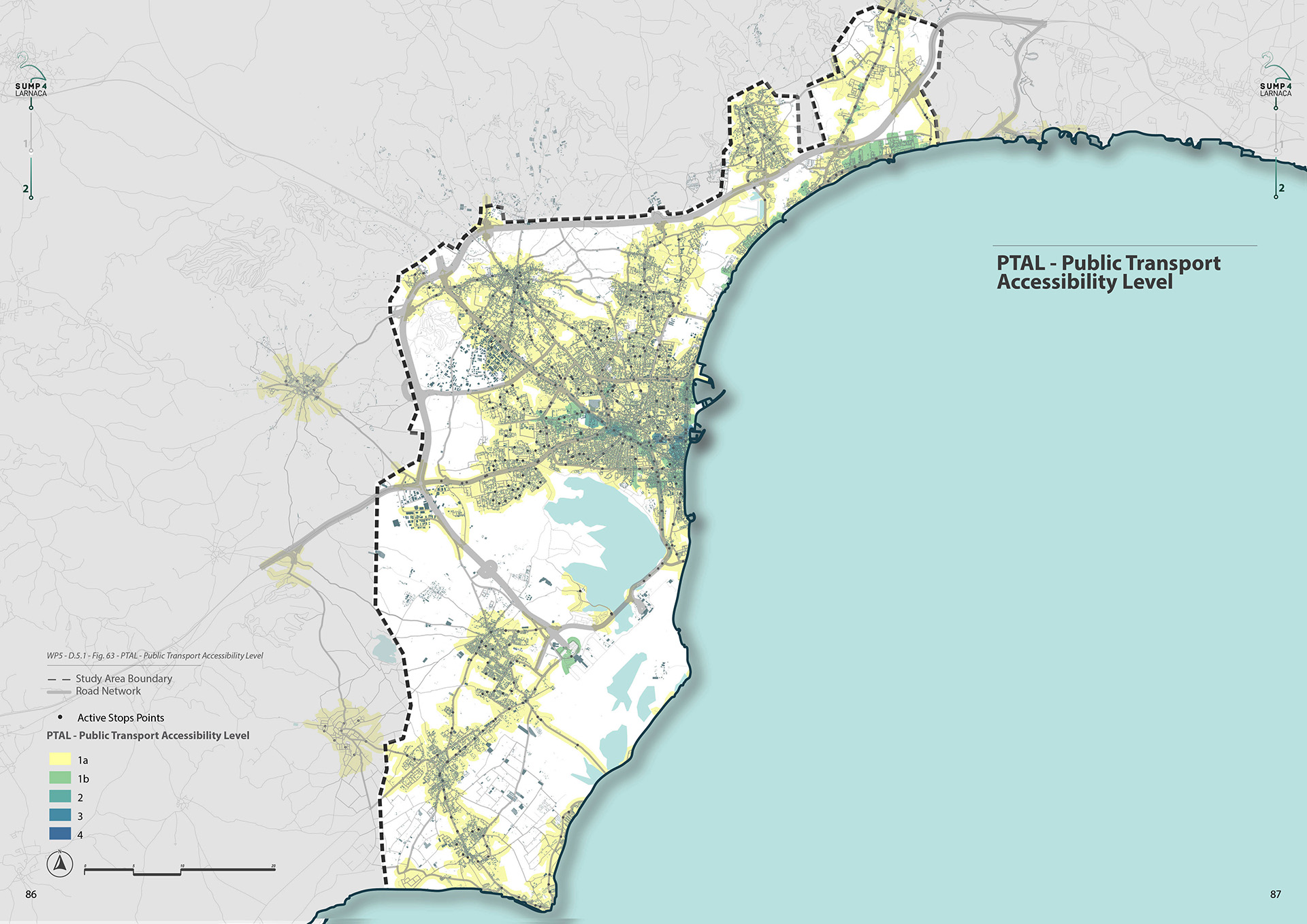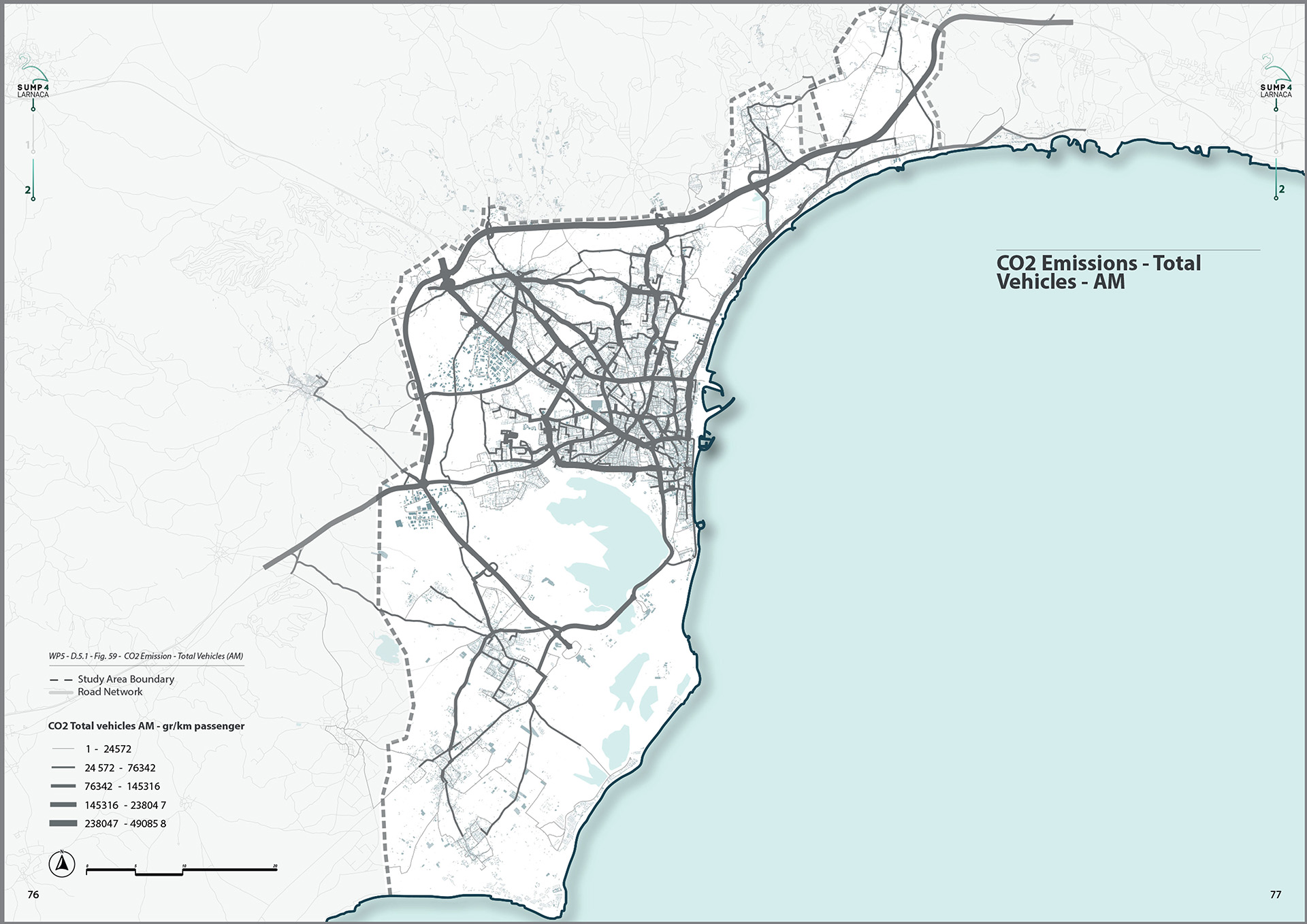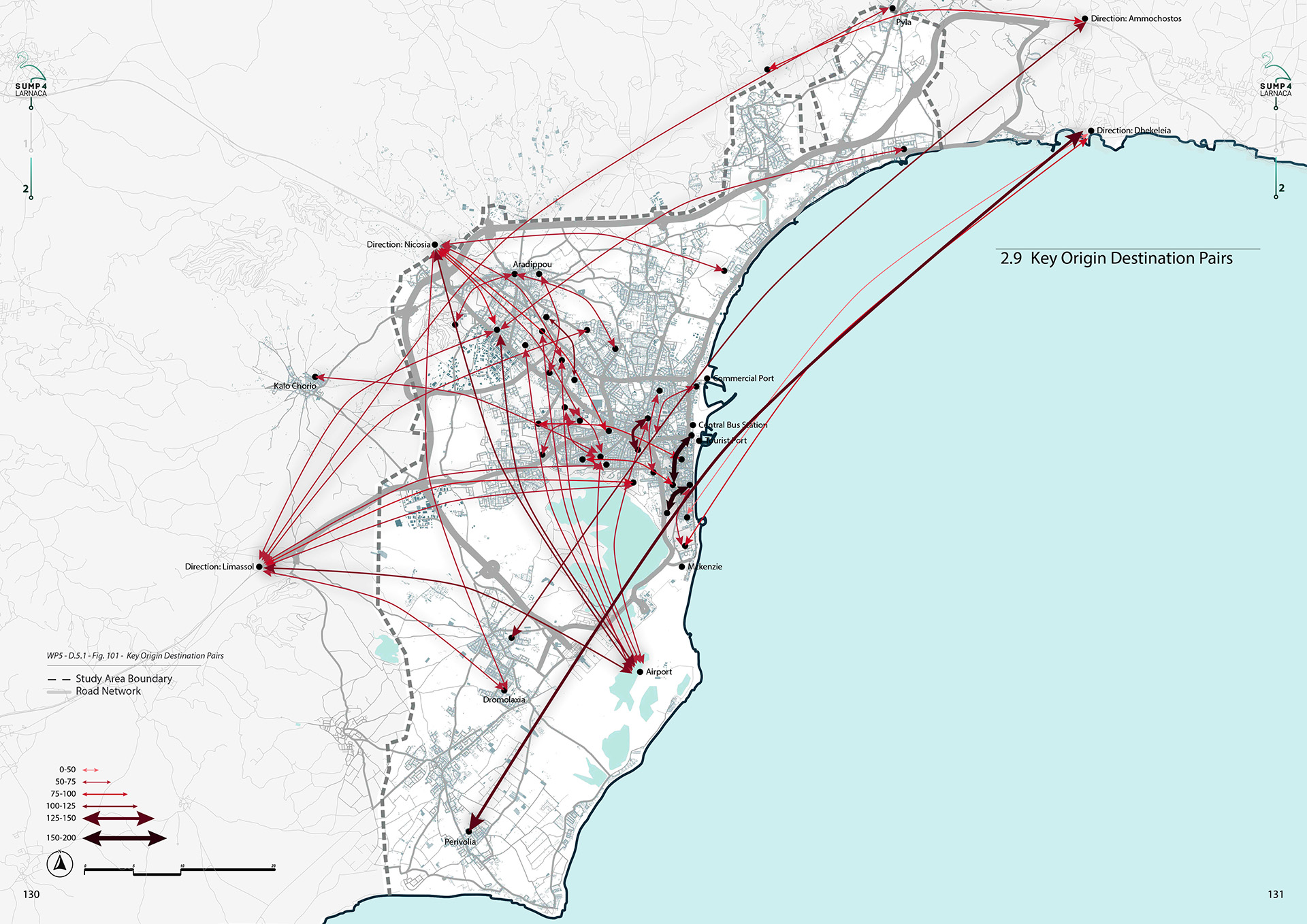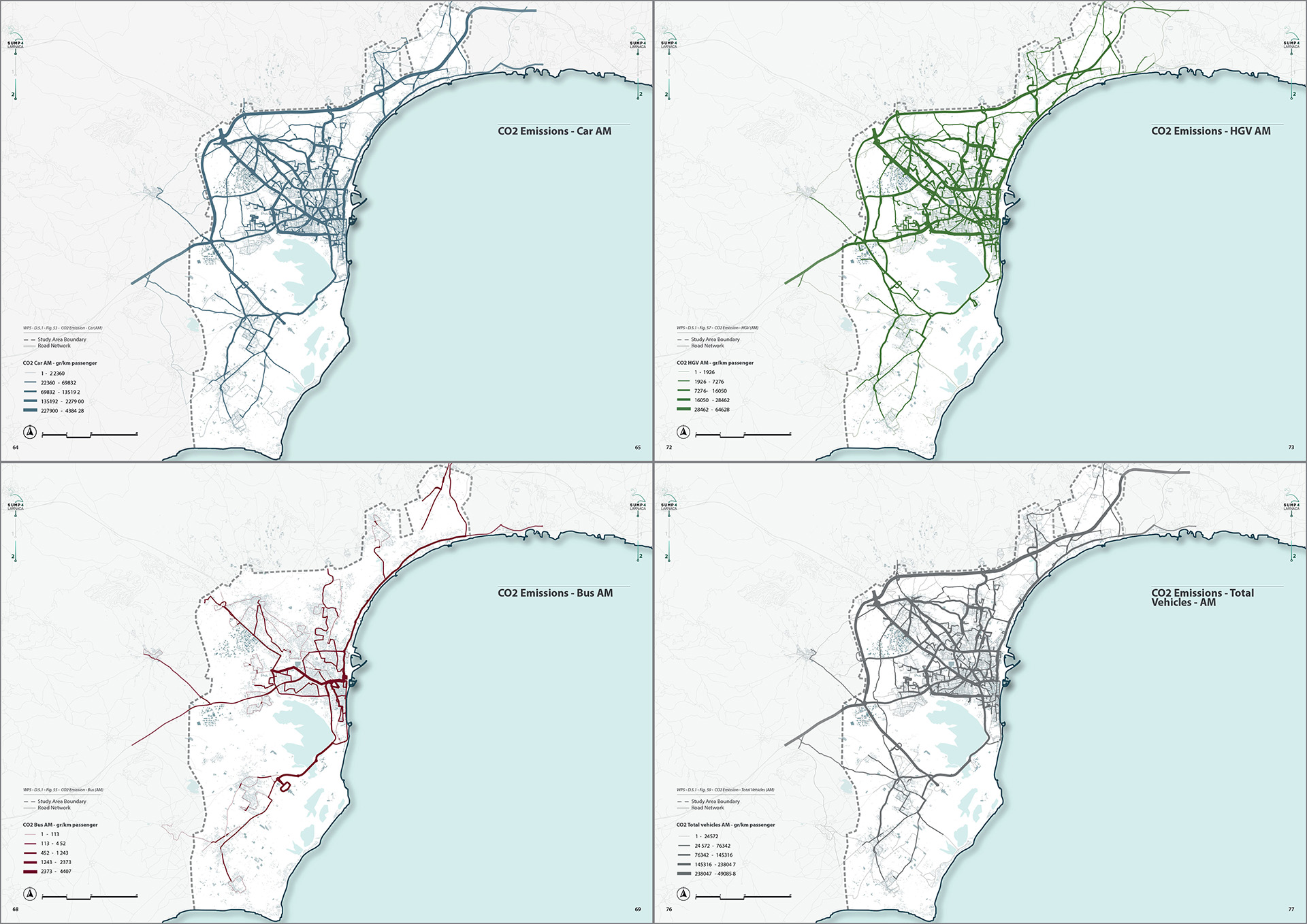SUMP Larnaca
Cyprus
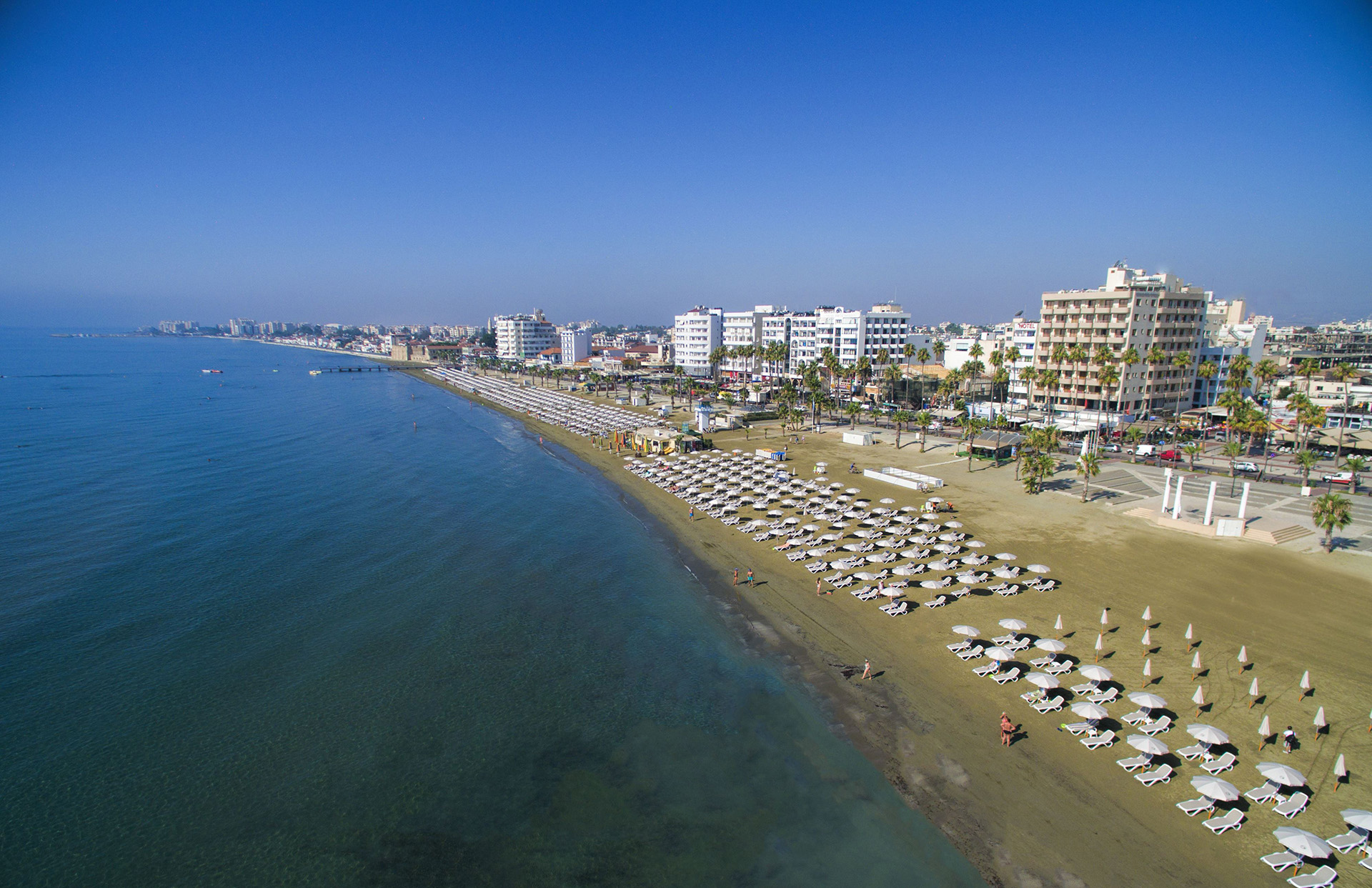
The project involves the development of a Sustainable Urban Mobility Plan (SUMP) for the coastal city of Larnaca, in Cyprus, including the city centre and the greater urban area of Larnaca.
MIC-HUB, together with Tema srl and Redas Engineering, was appointed by the Ministry of Transport and the Public Works Department of Cyprus to draft the Sustainable Urban Mobility Plan for the city of Larnaca.
Although Larnaca thrives on tourism, the city has grown over the past 50 years according to a car-centric model, which has brought about a significant urban sprawl.
This is reflected in the number vehicles per thousand inhabitants, which is among the highest in Europe, as well as in the modal split figures, which suggest that around 91% of all trips are undertaken by car, while only 9% by public transport, on foot or by bicycle.
Location
Cyprus
Client
Ministry of Transport, Communications and Works Cyprus
Main expertise
Pedestrian and Cycle Studies; Public Transport Consultancy; Regional & Urban Transport Planning; Soft Mobility & Mobility On Demand; Transport and Traffic Modelling
PROJECT HIGHLIGHTS
- Population of 145,000 in the metropolitan area
- More than 90% of all trips are undertaken by car
- Less than 10% by Public Transport, on foot or by bicycle
Project gallery
Our contribution
In order to move towards a more sustainable mobility model, and to take full advantage of the considerable untapped endogenous potential, the Cyprus government - with support from the EU - has appointed a Consortium led by MIC-HUB to draft a Sustainable Urban Mobility Plan.
The SUMP is a tool to define a package of measures. Working on a medium-term scenario, it addresses several problematic issues for the mobility scenario, moving on several fronts to define the most suitable measures to address the current conditions and to support residents and visitors in adopting more sustainable travel arrangements.
Key interventions proposed included:
- Removal of the bulk of motorised traffic from the historic city centre;
- Support to the creation of a more walkable urban environment;
- Changes to PT provision that include the proposal for a new network, radical alterations to the schedule of services and the way inter-changes currently occur between routes, new segregated lanes and smaller buses to be used for the lines cutting through the historic city centre;
- Substantial increase and articulation of the bicycle network;
- Provision of sharing systems such as cars to go, e-scoters and e-bikes;
- Increased permeability of some junctions where roundabouts will be substituted by smart traffic lights system;
- Measures related to road safety and urban logistics operations.
Following the SUMP methodology, a package of measures to support a shift towards a more sustainable mobility paradigm was identified. This aimed at harvesting the significant untapped endogenous potentials offered by a compact Central Business District and a waterfront, which could be made even more pedestrian-friendly.
